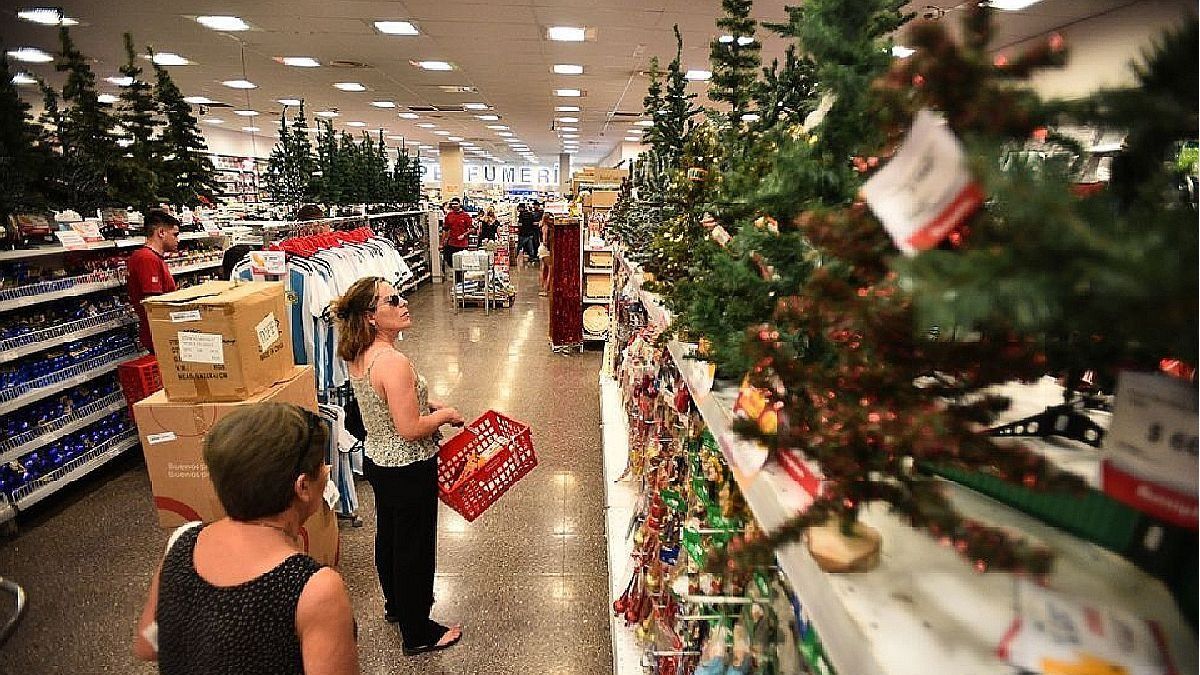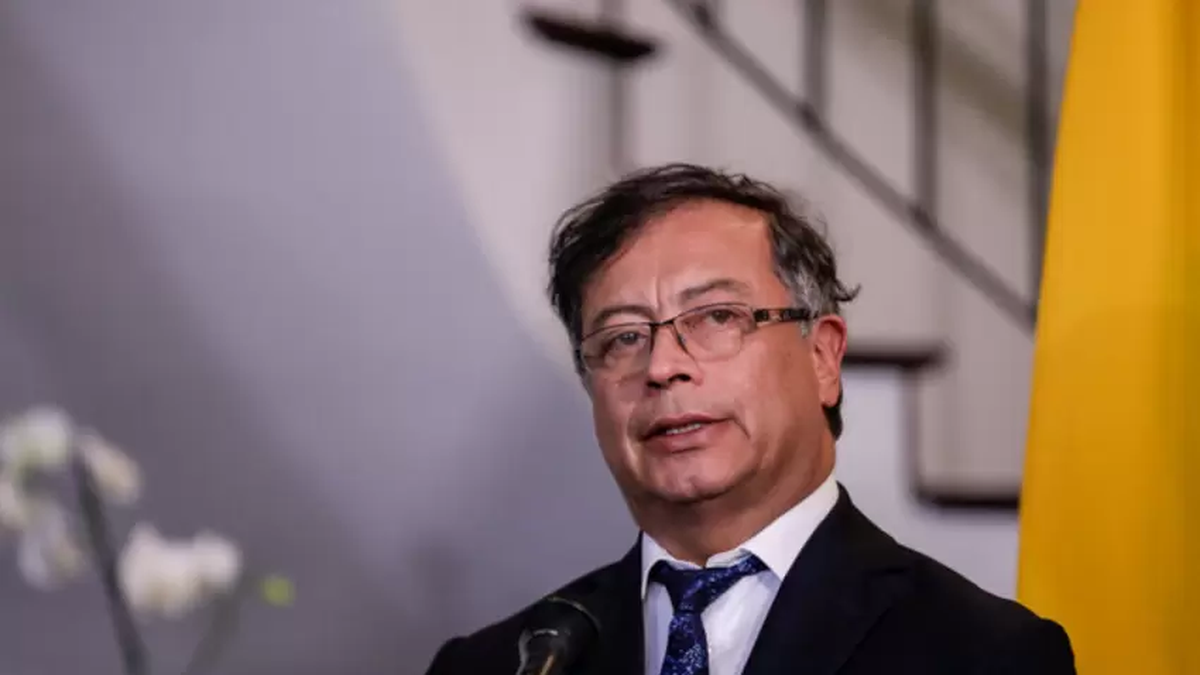It should be noted that the price rise was well below the range of 5.6-6.2% of the high-frequency measurements and the 6.1% expected by the REM, showing the greatest deviation against this expectation of the Fernández Administration (1.2 percentage points). Along the same lines, the disparity between the 5.8% inflation surveyed by the GCBA’s Directorate of Statistics and Censuses for CABA and the 5% surveyed by INDEC for Greater Buenos Aires climbed to a maximum of 0 in this presidential term. .8 percentage points.
That being said, inflation is indeed showing signs of slowing down. A trend measure such as the annualized three-month moving average shows a decline from the peak of 121.4% in September to 96.8% in November and decreasing at the slowest pace since February (62.6%). The core showed a similar story, going from 114% to 85.6% in the same period and traveling at the lowest speed since March (73.7%).
Based on these numbers, it is valid to ask if the slowdown in inflation is here to stay. Will the 6.1% monthly average expected by the REM for December-May, with a peak of 6.3% in December, be revised downward? The next survey, in which inflation expectations will probably moderate, will be key to knowing the magnitude of the cut and thus elucidating how much analysts believe in this slowdown. From the REM for November, prior to knowing the 4.9%, it emerged that analysts expected monthly values for all of 2023 similar to those of September and October 2022 (6.2% and 6.3%), with inflation remaining practically uniform, as an average of 6% is expected between January and May and 5.9% between June and December.
Although until now Massa has not been able to put inflation expectations in check, it should not be overlooked that thanks to an economic policy approach of greater rationality (in the margin) the spiralization so feared a few months ago was avoided. This approach is mainly based on a sharp rise in interest rate (the LELIQ rose 2,300 basis points from mid-July to 75% TNA and 107% TEA), which considerably raised the economy’s real interest rates from negative double digits (depending on which period the view is measured against, they ranged from -10 % to -30% annualized) to the zone of neutrality. Such a tourniquet not only helped to dodge the spiraling, but is, for the moment, showing some signs of slowing down.
Despite the much lower-than-expected data and the undeniable slowdown in the last three months (from an inflationary peak of 7.4%, a record in twenty years), we believe that the Upside risks of the inflationary process remain high. The tax-linked issue through different indirect channels (purchase of Treasury debt by the BCRA, “soybean” dollars and sales of SDRs to the BCRA) that entails a gross issuance of 4.4% of GDP in 2022 (multiplying by almost 6 the goal of Advances established by the IMF of 0.8% of GDP) and the same quasi-fiscal deficit (which runs at 0.7% of GDP or 12% of the Monetary Base per month) may be enough fuel to accelerate inflation next year.
Added to this, the electoral process couldin addition to stressing the debt market in pesos, hurt a demand for money more than fragile which has not stopped falling since November 2021. In the current context of inflation that is close to three digits (3-month average is still at 96.8%) and pushed by the electoral campaign, it would be imprudent for the BCRA to consider lowering the rate, as it has recently transpired. May the tree not cover the forest.
PPI Chief Economist.
Source: Ambito
David William is a talented author who has made a name for himself in the world of writing. He is a professional author who writes on a wide range of topics, from general interest to opinion news. David is currently working as a writer at 24 hours worlds where he brings his unique perspective and in-depth research to his articles, making them both informative and engaging.




